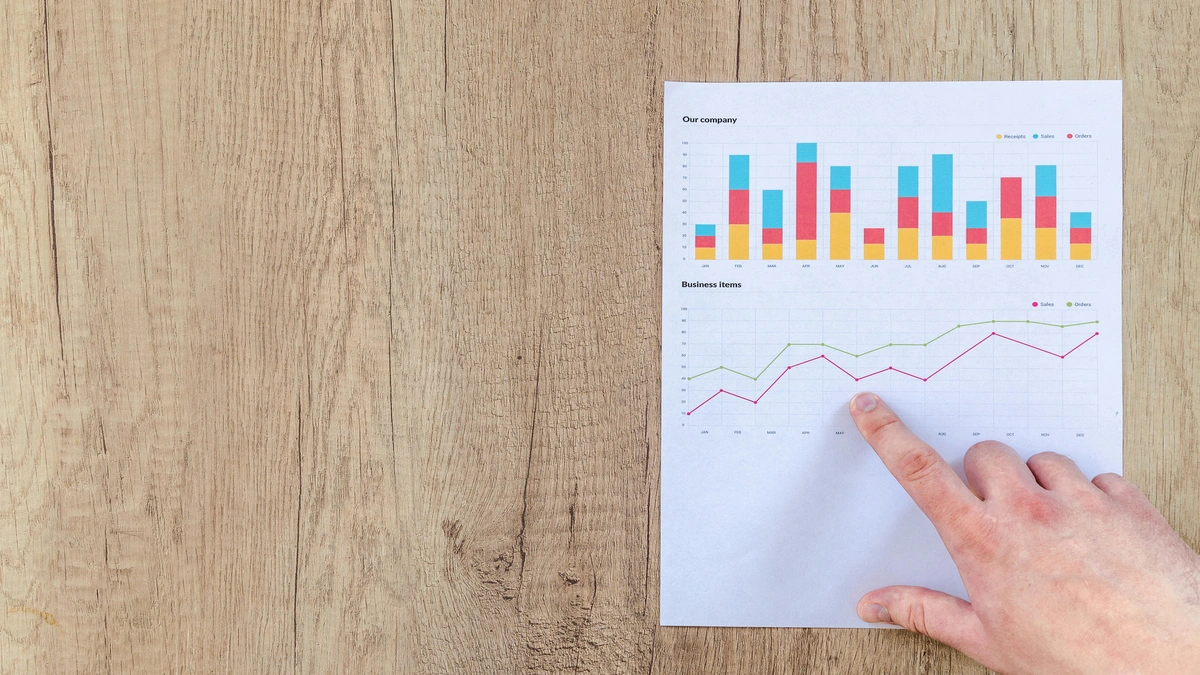Home Improvements in Spain: Trends and Insights

In recent years, home improvements in Spain have become a crucial focus for property owners, particularly amid evolving market dynamics. With the real estate market experiencing significant shifts, including rising prices and limited housing availability, understanding the impact of improvements on property value is vital for homeowners. As we delve into the connection between home enhancements and the overall real estate landscape, we’ll explore current statistics, trends, and financial implications. Let’s unpack this vital information together.
Key Trends in Home Improvements in Spain
The Spanish real estate market is not just changing, it's into a transformation driven by intense demand and a housing supply shortage. As home sales hit a peak of 650,000 units in 2022 before falling to 578,000 by August 2024—a drop of 10%—the urgency for solutions grows. Yet, new home sales increased dramatically, with a remarkable 7.7% year-on-year growth in the initial eight months of 2024, showing a persistent appetite for better living conditions.
Home prices have been on the rise too, soaring by 7.1% in the first half of 2024. This conditions the conversation around home improvements, as property owners feel the pressure to elevate their properties’ worth. “The main imbalance in the real estate market today is the lack of housing supply, especially affordable housing,” commented an industry expert. This comment highlights the critical role that home improvements can play in elevating property values in a competitive environment.
Taxation policies further complicate this landscape. Property owners must grasp their deductible expenses, which include costs for legal advice, estate agents’ fees, and renovation investments that can enhance property value. One expert mentioned, “By investing in recognized improvements and keeping detailed records, sellers can significantly reduce their tax liabilities.” This acknowledgment depicts how smart financial strategies and timely upgrades can optimize one's returns in this fluctuating market.
Broader Regional Insights for Property Value Improvements

Examining the landscape of Spain reveals distinct regional variations that affect property value improvements, the real estate market, deductible expenses, and the ongoing housing supply crisis. In urban centers, demand continues to surge, significantly impacting how property values rise. With limited affordable options, sellers who make comprehensive improvements often find themselves in better negotiation positions with buyers.
Coastal Insights
Coastal areas present a unique perspective, as they often see a spike in luxury renovations. Homes in these regions attract buyers looking for both aesthetics and quality results; therefore, every upgrade counts. Industry talk suggests, “It is clear that the number of new homes being built falls far short of demand,” which suggests homeowners looking to invest in upgrades are likely to see higher returns as properties become increasingly coveted.
Suburban Perspectives
Suburban districts tend to benefit significantly from tax incentives that encourage homeowners to undertake improvements. These incentives create a ripple effect, increasing property market appeal. Property fields here illustrate how tax structures can influence real estate economics. It may not just be about the improvement but how government support can interplay with individual investment. A quote from a tax consultant reveals, “Standard deductible expenses include transfer taxes, estate agent's fees, and legal costs accrued during both purchase and sale.” Understanding these can lead to financial optimization for homeowners.
Rural Implications
Rural regions face their challenges, particularly with a housing supply shortage that nudges buyers toward properties needing renovations. Sellers might prioritize improvements that enhance energy efficiency or modernize amenities to meet buyer expectations. This trend plays a significant role in how property exchange dynamics evolve and can lead to increased interest in rural living as urban areas become overcrowded.
Actionable Insights for Property Owners

Property owners must adopt strategic moves to maximize their investments in home improvements. Here are several recommendations:
- Stay updated on changing tax policies that influence property value and deductible expenses.
- Leverage exemptions or credits currently available under existing regulations to optimize tax obligations.
- Regularly evaluate property valuations to identify significant opportunities for improvement and assess potential tax liabilities.
For instance, statistics indicate that property owners who contest valuation changes can see up to a 30% reduction in their tax liabilities. This data points to the necessity of being proactive and informed about one's financial standing within the property market.
Conclusion

In summary, understanding home improvements in Spain and their connection to property values and the broader real estate market will empower property owners. Recognizing trends, navigating financial implications, and applying actionable insights can help navigate an evolving landscape. By staying informed about these dynamics and implementing best practices, homeowners are likely to find success in this competitive environment.
By understanding the broader trends in home improvements in Spain and applying best practices, property owners can better navigate the real estate landscape.
Sources
"In Galicia, there are deductions of 15% for purchasing properties in historic centers, encouraging the rehabilitation and preservation of high cultural value areas."